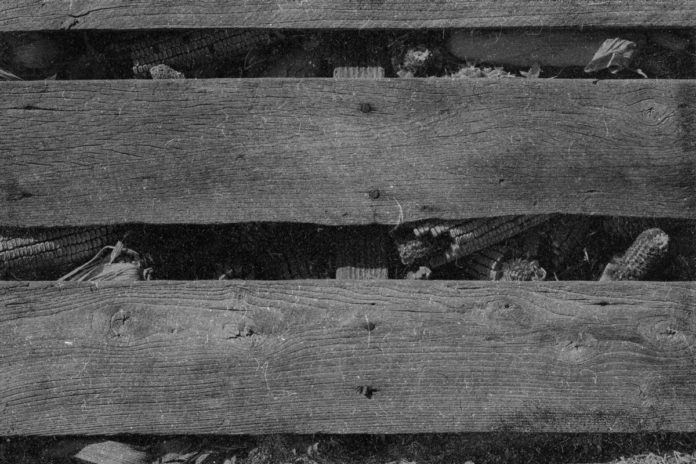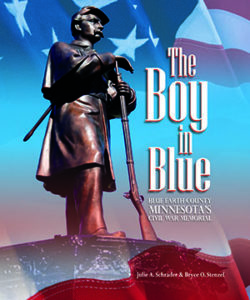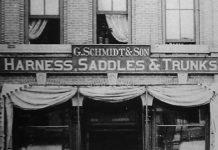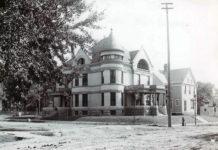Patriotism in Minnesota ran high when the Civil War began in the spring of 1861. More men answered the call to arms than the new state needed. However, these men didn’t have to wait long before the call for additional men came in just a few months later in June 1861.
Company H
The 2nd Minnesota Infantry was organized at Fort Snelling, Minnesota and mustered in by companies. During the Civil War it was common practice for an entire company to be recruited from a single county. Company H, 2nd Minnesota Infantry, was the first organized company in Mankato, on June 22, 1861.
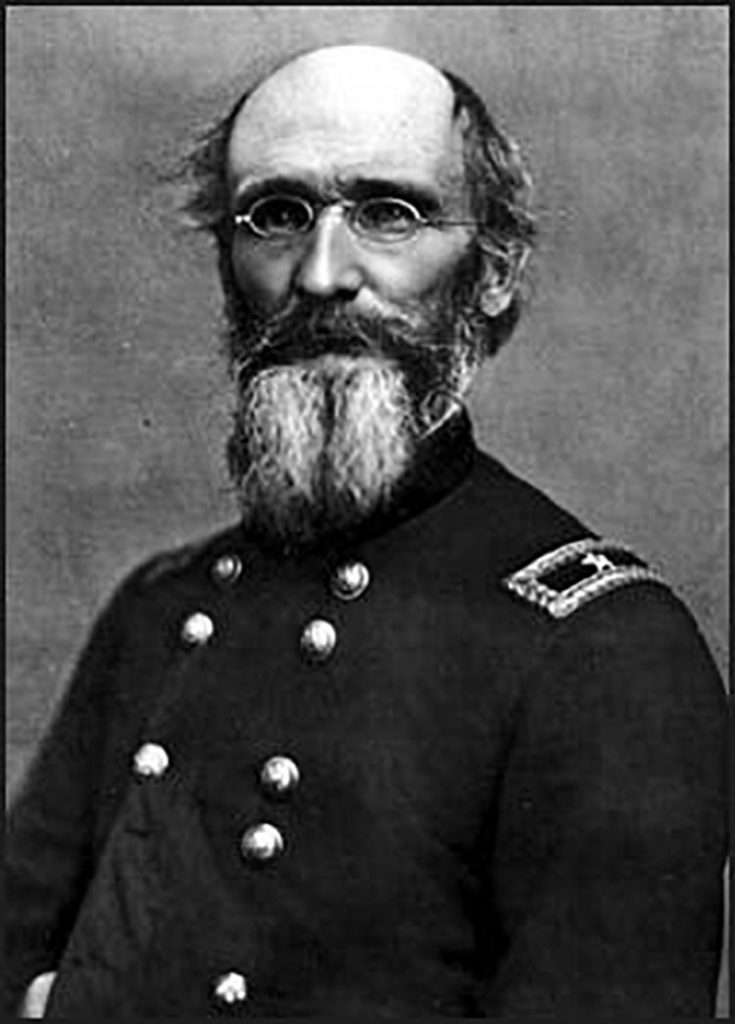
The entire regiment prepared for war at Fort Snelling. On October 14th, Colonel Horatio P. Van Cleve paraded his Second Minnesota through the streets of St. Paul to a crowd of enthusiastic citizens. Soon after the regiment departed for Louisville, Kentucky, where the men became part of the army of the Ohio.
Company H engaged in the first major Union victory at Mill Springs, Kentucky and Shiloh, Tennessee. They took part in the siege of Corinth and fought at Perryville and Stones River. However it was from a little known battle involving just one company near Nolansville, Tennessee that eight Congressional Medals of Honor were awarded to the known survivors many years after the war ended.
This is the story of the Corn Crib Party.
A Most Heroic Defense
On February 15, 1863, Company H was encamped on the farm of Colonel Joel Battle of the 20th Confederate Tennessee, the regiment they had faced in the fight across the fence earlier at Mills Springs, Kentucky. The closest town was Nolinsville, about 12 miles from Nashville.
A few days earlier snow and sleet had fallen, and it was a cold and gray Sunday morning when a small party of men were assigned to go to the front to forage for feed for the mules. They started out with a 10-team wagon train.
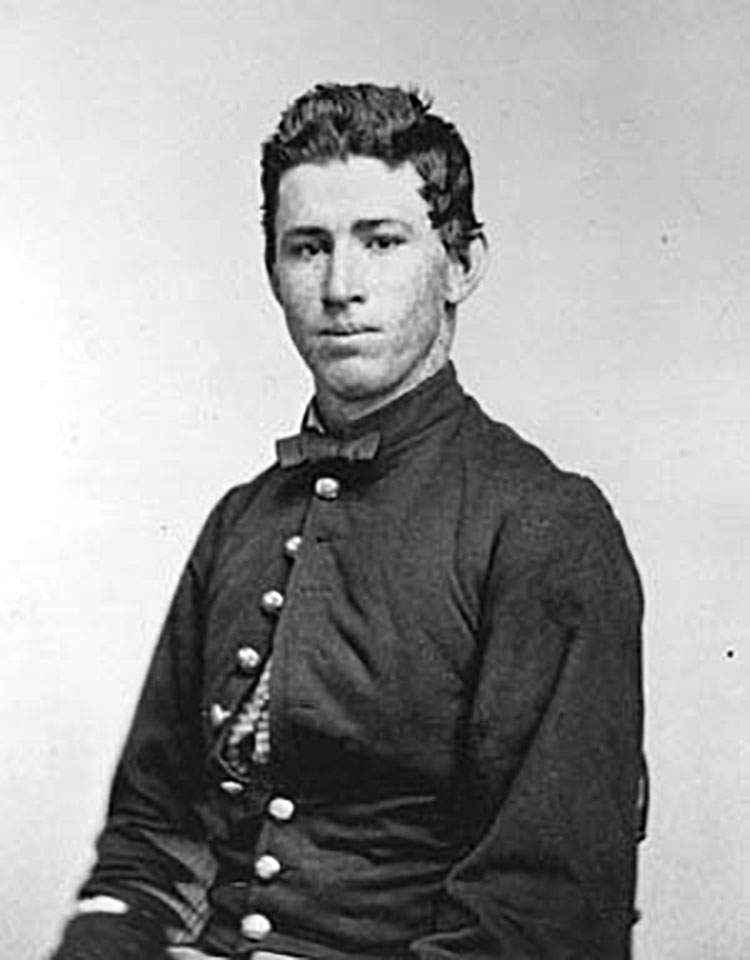
“We received orders to go to the front to forage for mules, and started with ten teams. We marched south along the turnpike about three miles from camp, on a crossroad known as Concord Church Road. Here a colored man informed us that just over the hill, about a half-mile away, near where the turnpike crossed over, the Sixth Alabama Cavalry, 500 strong, had camped before. After satisfying ourselves that this was true, we turned to the left on the mud road and went a mile east to a farmhouse,” reported Milton Hanna.
At Nolinsville, Tenn., Feb. 15, 1863, this soldier, then corporal, Company H 2nd Minnesota, was one of a detachment of sixteen men escorting a wagon train that was attacked by one hundred and twenty-five cavalry. After a most heroic defense the attack was repulsed and the train saved.
After traveling a few miles from camp, the party separated with six wagons stopping to load at a plantation. “At this point, Sergeant Holmes received orders from Lieutenant [Harrison] Couse [from regimental headquarters], to take fourteen men and four wagons and go in a southwesternly direction to the foot of a hill near where the turnpike crossed over, and where the enemy was supposed to be, while he, with the rest of the company, should keep on east about three miles to another farmhouse to load the other six wagons. We could not understand why we were separated, as there was more forage at either place than the ten wagons could hold,” recounted Milton Hanna.
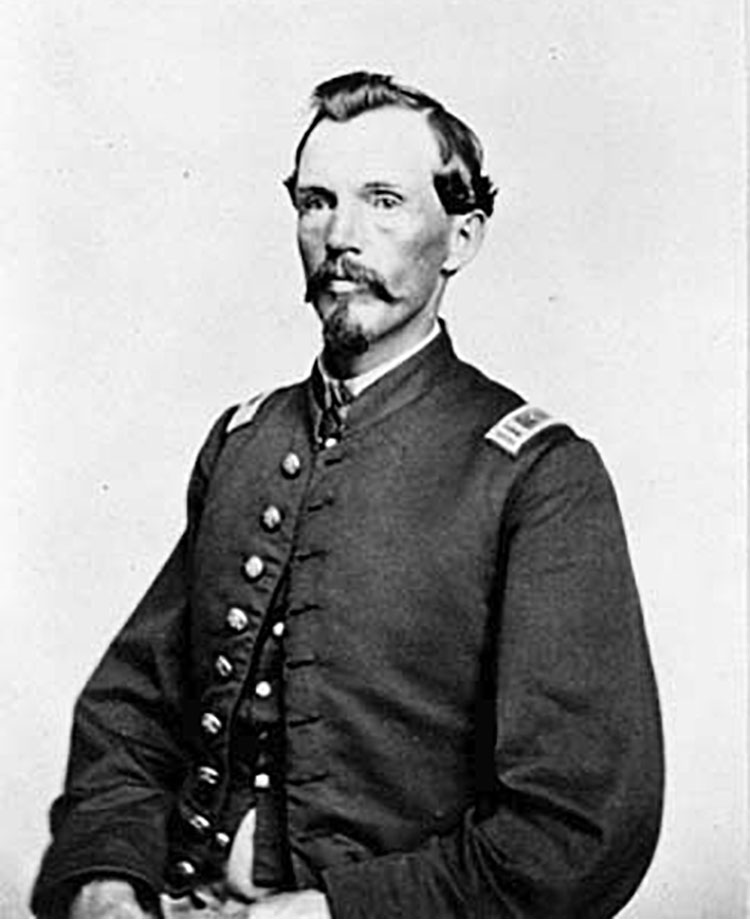
With Sgt. Lovilo Holmes in charge of the Minnesota men, the other four wagons continued to an open farmstead with a house, barn and small corn crib. No sooner had they started to load the contents of the small weathered gray corn crib into the wagons when Confederate soldiers surprised them.
Outnumbered!
Outnumbered and surrounded by 125 mounted Confederate soldiers, all armed with carbines, rifles and pistols, Sgt. Holmes ordered them to take cover in the barn and corn crib and hold fire until he shot first.
“We can die,” said Sgt. Holmes, “but we’ll never surrender.”
“Moments seemed like hours as we sighted our rifles and waited for the signal gun,” said Hanna.
Suddenly the stampede of horse hooves could be heard as the rebels advanced to less than two rods from the buildings, as they shouted “Surrender, you damned Yanks!” Sgt. Holmes fired three shots taking down the lead horse and its rider. Other shots quickly followed and several other rebels fell.
The Minnesota boys yelled back insults at the now dismounted rebels, and fired back as fast as they could load their weapons in the cramped space. Rebels demanded their surrender, but the boys in blue, nearly choking from their own gun smoke, kept up their steady return fire. The storm of lead bullets smashing into the small corn crib was incredible.
When the rest of the 2nd Minnesota regiment could be seen coming over a hill in the distance, the rebels began to retreat. Seeing this, the men crawled out of the crib and continued to fight.
Aftermath
“The Confederates finally withdrew, and when the smoke had cleared away, we found two dead rebels, several wounded, two dead horses. We took three prisoners and three horses who broke from their riders and came to us. We finished loading our wagons, and prepared to return to camp. Our loss was Sergeant Holmes, Charles Liscomb, and Sam Louden, slightly wounded, one mule killed and a wagon-tongue broken. We had three good horses to return to Uncle Sam for the dead mule,” told Hanna.
James Flanagan was sent back to camp on a captured horse and brought up the balance of the Second Minnesota. Charles Kraus was dispatched to the remainder of the company. Seeing the Second Minnesota, the Confederates retreated, concerned that their unit might be outflanked. Kraus was able to warn three Union officers who were riding right into the path of the retreating rebels.
When the Minnesota boys counted their ammunition afterwards, they found they had an average of only eight bullets apiece in their pouches.
Delayed Commendation
Sgt. Holmes was promoted to lieutenant and given an inscribed sword and officer’s sash by the members of his company as a token of their regard and esteem. The brigade commander, Colonel F. Van Derveer stated, “This little affair is one of the most creditable of the campaign and deserves to be remembered and cited as worth of the emulation of all.” Brigadier General James B. Steedman presented Lieutenant Holmes a personal gift of an ivory handled revolver. Eastern newspapers reported that President Lincoln was told about this good news.
The men in the foraging party at Nolinsville became known as the “Corn Crib Party.” These men were: Sgt. Lovilo Holmes, Corporals Milton Hanna, William A. Clark and Samuel Wright, Privates James Flannigan, Samuel Leslie, Louis Londrash, Joseph Burger, Byron Pay, John Vale, Samuel Loudon, Charles Liscom, Nelson Crandall, Charles Kraus, and Homer Barnard.
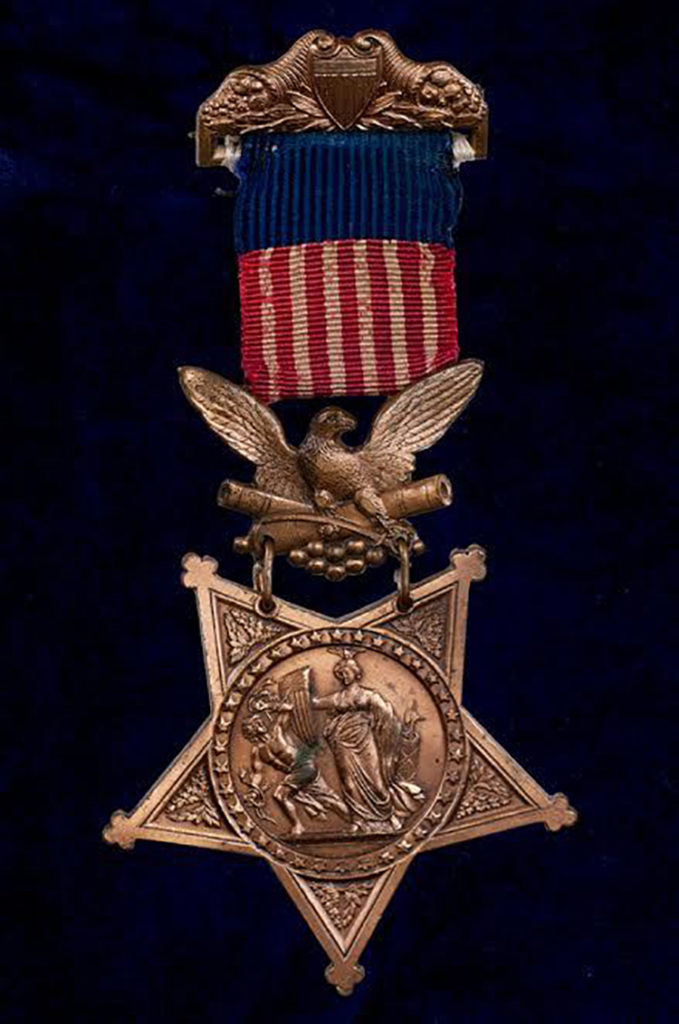
Due to government oversight, it wasn’t until 1897 that the men from the Corn Crib Party were given a Congressional Medal of Honor for most distinguished gallantry in action during the Civil War. Eight men received the award were Joseph Burger, William Clark, James Flannigan, Milton Hanna, Lovilo Holmes, Byron Pay, John Vale and Samuel Wright. Others who were entitled to the award, but did not receive it because they had died before 1897 or not able to be located were: Homer Barnard died in 1864, Nelson Crandall and Charles Kraus died at Chattanooga in 1864, and Samuel Louden was killed at Missionary Ridge in 1863. Louis Loundrosh died at St. Clair, MN after the war, Charles Liscom and Samuel Leslie were unable to be located.
Milton Hanna’s citation reads: “At Nolinsville, Tenn., Feb. 15, 1863, this soldier, then corporal, Company H 2nd Minnesota, was one of a detachment of sixteen men escorting a wagon train that was attacked by one hundred and twenty-five cavalry. After a most heroic defense the attack was repulsed and the train saved.”
These men are just a few of the hundreds of soldiers from Blue Earth County who are honored for their courage, sacrifice, dedication and patriotism on the “Boy in Blue” Blue Earth County Civil War Memorial in Mankato’s historic Lincoln Park.
Additional Links
The Corn Crib Party – Civil War Heroes from Blue Earth County – Part Two
- Boy In Blue Memorial on MankatoLIFE
The Boy in Blue
Learn more in the new book “The Boy in Blue: Blue Earth County, MN Civil War Memorial” by Julie Schrader and Bryce Stenzel. This hard cover commemorative book is available online at www.mnheritage.com or at the Blue Earth County Historical Society Gift Shop. Book sales benefit the Boy in Blue Civil War Memorial Project.
8th annual Civil War Symposium
The 8th annual Civil War Symposium will be held on March 28, 2020 at the Morson-Ario-Strand VFW in Mankato. Advance registrations are encouraged. For more information and registration forms, visit www.boyinblue.org.

